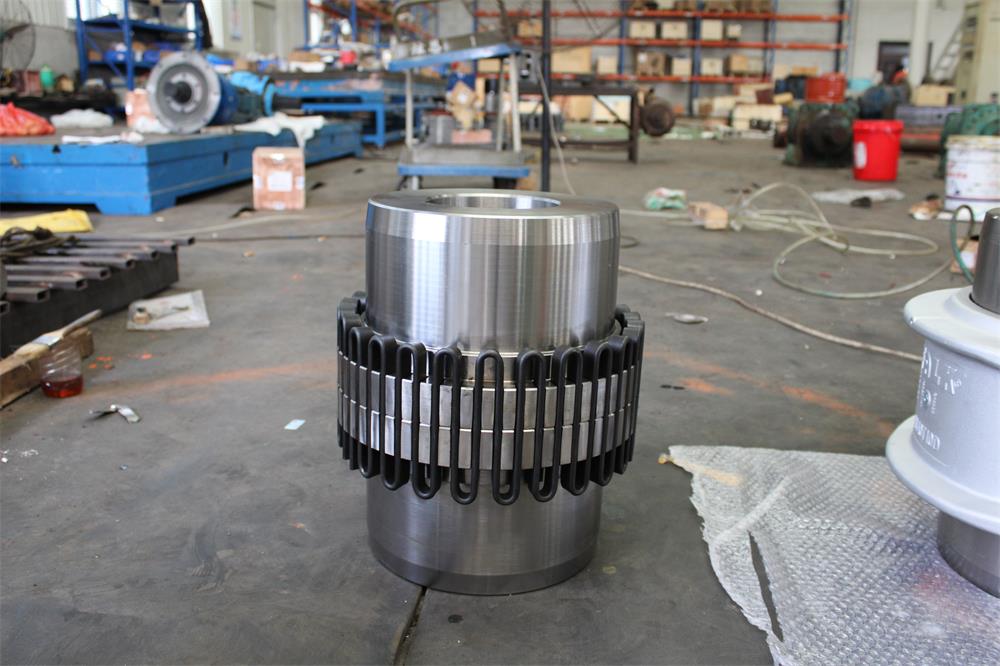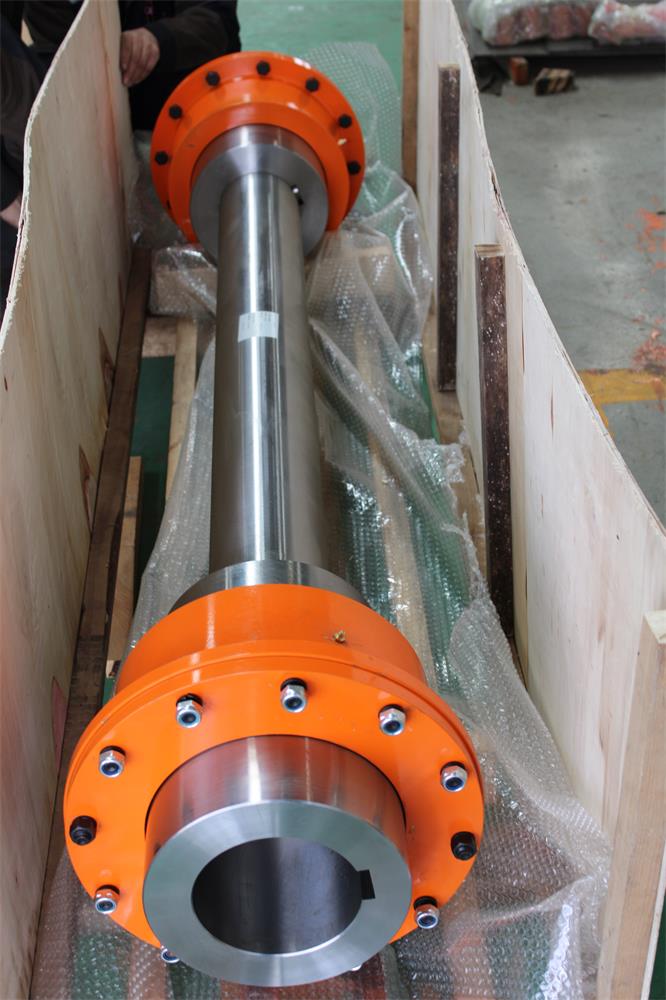Introduce:
The serpentine spring coupling is a well-known shafting accessory, and its use is also known to everyone. Due to the wide range of couplings used and the current market competitiveness is very high, manufacturers of couplings need to continuously update their products. We are a company that produces couplings, and we have signed long-term cooperation models with many customers, so we can see that our company is a reliable manufacturer. As long as you come to our factory, there will be professional technicians to come to receive you. Explain your questions and needs one by one.

Classification of serpentine spring couplings:
The serpentine spring coupling is divided into one or several groups of serpentine springs, which are embedded in the teeth on the flange of the two-petal coupling to realize the connection of the two halves of the coupling. In order to prevent the serpentine spring from To throw it out under the action of centrifugal force and avoid dry friction at the contact between the serpentine spring and the teeth, it needs to be covered with a closed shell and filled with lubricating oil or grease. The serpentine spring coupling is divided into two types: transverse stiffness and variable stiffness, which mainly depend on the following two shapes of the teeth in contact with the spring: the tooth shape is linear: under normal load, the contact point between the serpentine spring and the tooth The distance does not change with the deformation of the serpentine spring, and the stiffness remains unchanged. The relative rotation angle of the two halves of the coupling has a linear relationship with the transmitted torque, which belongs to the constant stiffness serpentine spring coupling.

The tooth type of serpentine spring coupling is curved:
When the load is small, the linear part of the spring is basically parallel to the axis to be connected; when the load increases, the deformation of the serpentine spring increases, and the contact arc surface with the tooth also increases, and the distance between the contact point with the tooth becomes smaller and smaller. The shorter it is, the greater the stiffness, and the relative rotation angle of the two halves of the coupling has a nonlinear relationship with the transmitted torque, which belongs to the variable stiffness serpentine spring coupling. The straight tooth shape is easy to process and low in cost, but it is only suitable for working conditions with small changes in the transmission torque. The curved tooth coupling is suitable for working conditions with large torque changes and forward and reverse rotation, and has a good buffering effect, but the curved tooth shape is poor in manufacturability and high in manufacturing cost.
Contact: Spark Wang
Phone: 86-19932127135
E-mail: admin@rongxingcoupling.com
Add: North side of Planning 4th Road, Southern Industrial New Town, Jizhou District, Hengshui City, Hebei Province, China